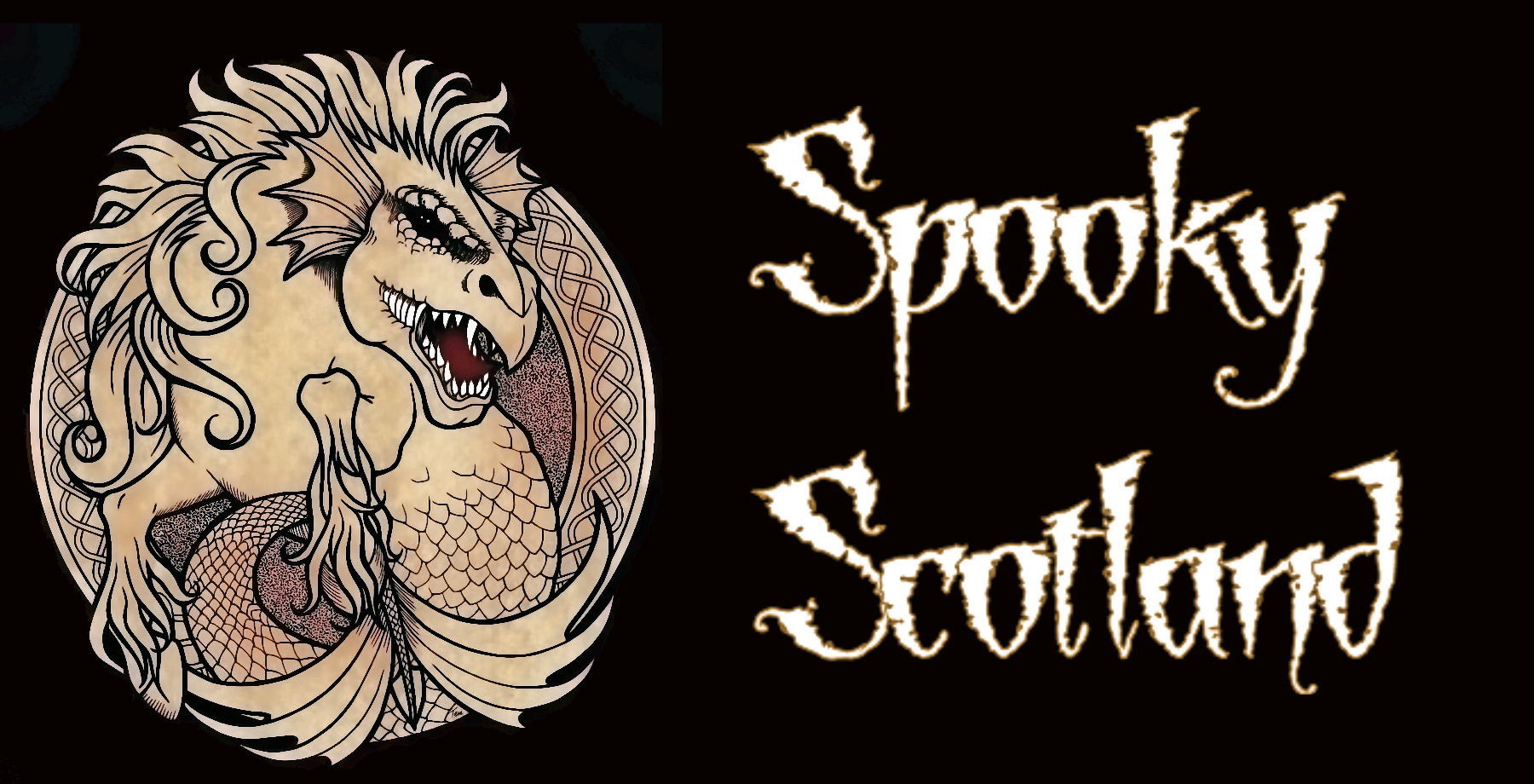The Highlands of Scotland are shrouded in myths and stories of ancient guardians who protect the sacred sites and burial mounds of our dead ancestors. The area surrounding Inverness is particularly rich in legend, haunted history and tales of the supernatural. The folklore surrounding the Loch Ness Monster is known throughout the world and there are those who say that on the 16th of April ‘anniversary ghosts’ arise on Drummossie Moor, the site of the Battle of Culloden, the last battle to be fought on British soil.
However, one mile to South East of the battlefield lies a much older site, perhaps less chilling and bleak, but perhaps even more evocative than Culloden. The Clava Cairns date back to 2000BC and are a remarkable Bronze Age cemetery complex of passage graves, ring cairns, kerb cairns and standing stones in a beautiful setting.
Site of the Clava Cairns
Two parts of the Clava Cairns are open to the public. The larger complex, set in a small oak wood, is Balnuaran of Clava and comprises of:
- Two passage graves or cairns
- A kerb ring cairn which appears to have been built on the site 1000 years after the original cairns.
- A central ring cairn
- Rings of standing stones.
Milton of Clava to the south west includes:
- The remains of another cairn and possible standing stones
- The remains of a medieval chapel.
The two sites are part of a larger chain of cairns that are built along the south side of the River Nairn valley.
Winter Solstice at the Clava Cairns
There is a truly ethereal feeling at the Balnuaran site, heightened by the presence of rings of standing stones that stand like sentinels around the cairns. The three prominent cairns each have a central chamber. The North East and South West Cairns have entrance passages and are known as passage graves while the chamber of the central one is enclosed.
The three larger cairns form a line running north-east to south-west. The passages of the outer cairns are also aligned to the south-west and even the standing stones are graded in height with the tallest facing the south-west, the point where the sun sets on the winter solstice. On the shortest day of the year sunlight from the setting sun, streams up the passageway of the outer cairns to illuminate the inner chamber. As we stood in the seemingly perpetual grey that is winter in the north of Scotland, we were left wondering, how was it possible for these prehistoric people to align the graves so accurately to the winter solstice, when clouds frequently block out the sun at any time of the year in this part of the world!
It is a place of enduring mystery. It seems that the cairns were not used for the general disposal of the dead, rather the dead were remembered through a ritual that was determined by the setting of the sun during the winter’s solstice. How were these people even able to know that this was the winter’s solstice? What was the significance of the winter solstice to these people and how were they able to drag the huge quantities of stone to these sites. Memories flooded back from my student days when we stood in front of a chambered cairn and were told that the bones of these early people showed deformities consistent with carrying weighs that were too heavy for their developing bones. These were people with short life spans and they would have taken part in these stone building activities as adolescents. Why were these cosmic events so important that they would risk their health building these monuments? What was their purpose in the Wheel of the Year?
Curse of the Cairns
And what of the curse of the Clava Cairns? It is said that a curse is bestowed on anyone who removes stones from the burial grounds. There is a well-documented story of a Belgian tourist who removed a two-pound stone from the Bulnuaran site. Some months later the surprised staff at the Inverness Tourist Board received a parcel containing the stone. Enclosed was an anonymous letter, stating that since taking the stone, the man’s daughter had broken her leg, his wife had become very ill, he had lost his job and had broken his arm.
So who is the guardian of the stones? Could it be one of the many mythical creatures of Scotland such as the Sìth or fairy people of Scottish folklore, or could it be one of our bronze age ancestors or perhaps the man was cursed by his own conscience? It is one of those enduring mysteries that Scotland is famous for.




